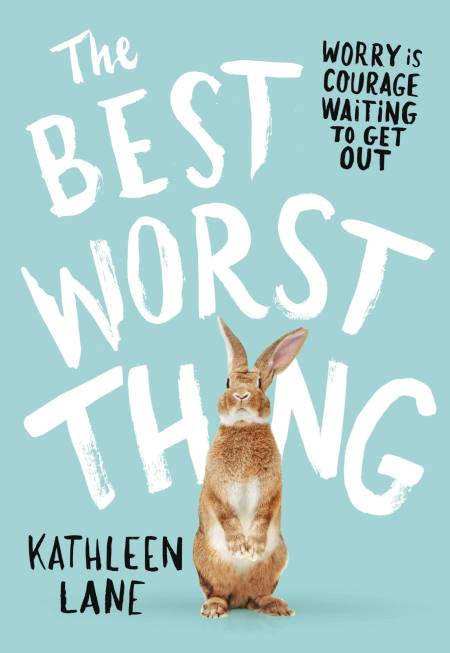Shopping Cart
The Best Worst Thing
Description
Front door locked, kitchen door locked, living room windows closed. Nobody in the closet, nobody under the beds.
Still, Maggie is worried. Ever since she started middle school, she sees injustice and danger everywhere–on the news, in her textbooks, in her own neighborhood. Even her best friend seems to be changing.
Maggie believes it is up to her, and only her, to make everything all right. Can she come up with a plan to keep everyone safe?
The Best Worst Thing is a perceptive novel about learning the limits of what you can control, and the good–sometimes even best–things that can come of finally letting go.
Still, Maggie is worried. Ever since she started middle school, she sees injustice and danger everywhere–on the news, in her textbooks, in her own neighborhood. Even her best friend seems to be changing.
Maggie believes it is up to her, and only her, to make everything all right. Can she come up with a plan to keep everyone safe?
The Best Worst Thing is a perceptive novel about learning the limits of what you can control, and the good–sometimes even best–things that can come of finally letting go.
Newsletter Signup
By clicking ‘Sign Up,’ I acknowledge that I have read and agree to Hachette Book Group’s Privacy Policy and Terms of Use
Praise
"An incandescent debut. Long after you've finished The Best Worst Thing, you'll remember Kathleen Lane's brave and good-hearted Maggie and how she learns to face her fears. A writer to watch, a voice to savor, a novel to cherish."
—Katherine Applegate, Newbery medal-winning author of The One and Only Ivan
"I loved this book. Simple, tender, and real, The Best Worst Thing is packed with heart."
—Ali Benjamin, author of National Book Award Finalist The Thing About Jellyfish
* "Lane crafts a powerful portrait of a girl wrangling with deeply relatable concerns, which will easily resonate with readers confronting a complex and uncertain world."
—Publishers Weekly, starred review
* "Thoughtful characterization and relatable themes make this a strong purchase."
—School Library Journal, starred review
"Lane's prose is quietly powerful, plain yet poetic....A tender, sober portrait of a middle schooler with OCD."
—Kirkus Reviews
"Homey first-person narration along with brief chapters, some just a headline, set a deliberate pace and keep readers engaged in Maggie's story--and don't worry, the murderer gets caught."
—The Horn Book
"Lane writes beautifully throughout."
—Booklist
"Students making the transition from elementary school to middle school, or grappling with feelings of being an outsider, will be able to identify with Maggie's struggles."
—School Library Connection
"Maggie's voice, melodramatic and obsessive as it is, is clearly and consistently developed, and it grants a kind of intimacy that middle-school readers with their own set of sometimes overwhelming fears will appreciate."
—The Bulletin for the Center of Children's Books
